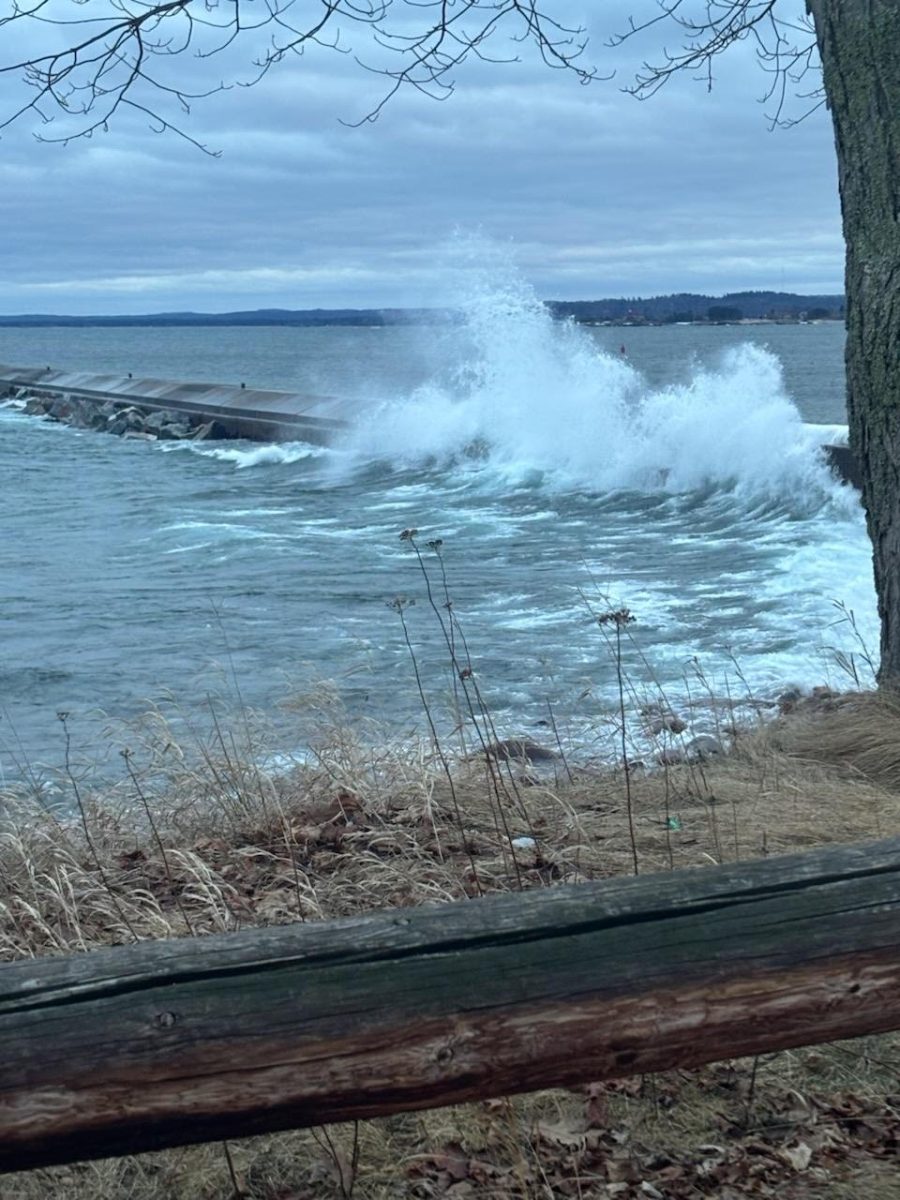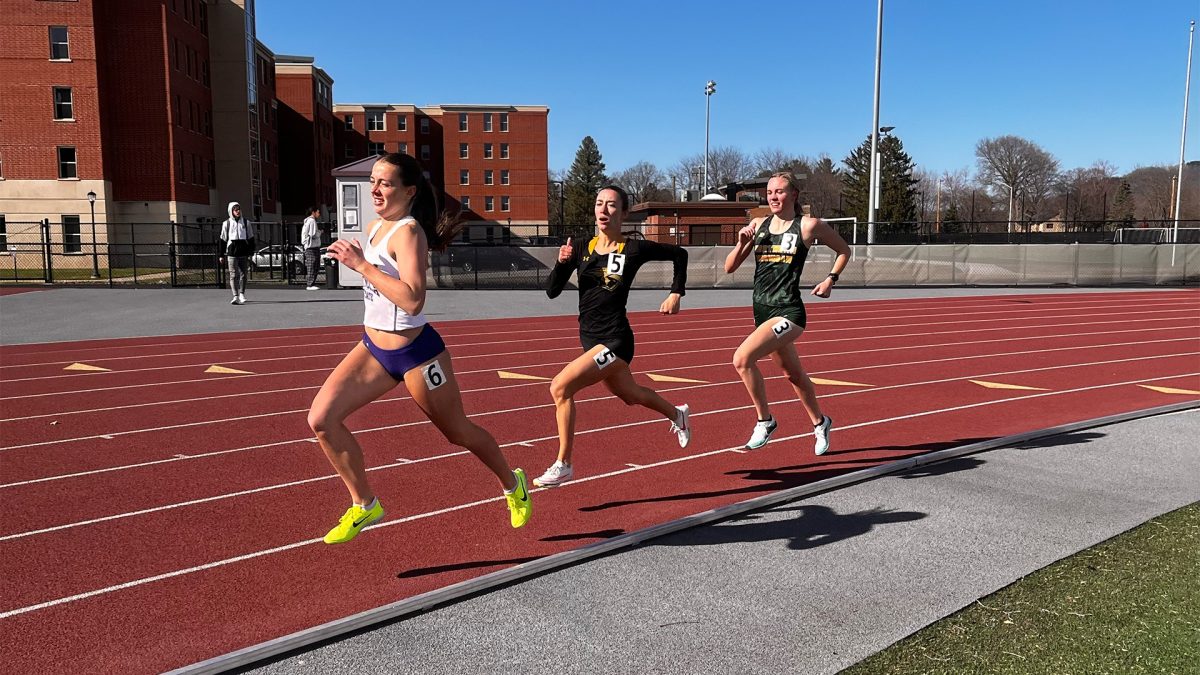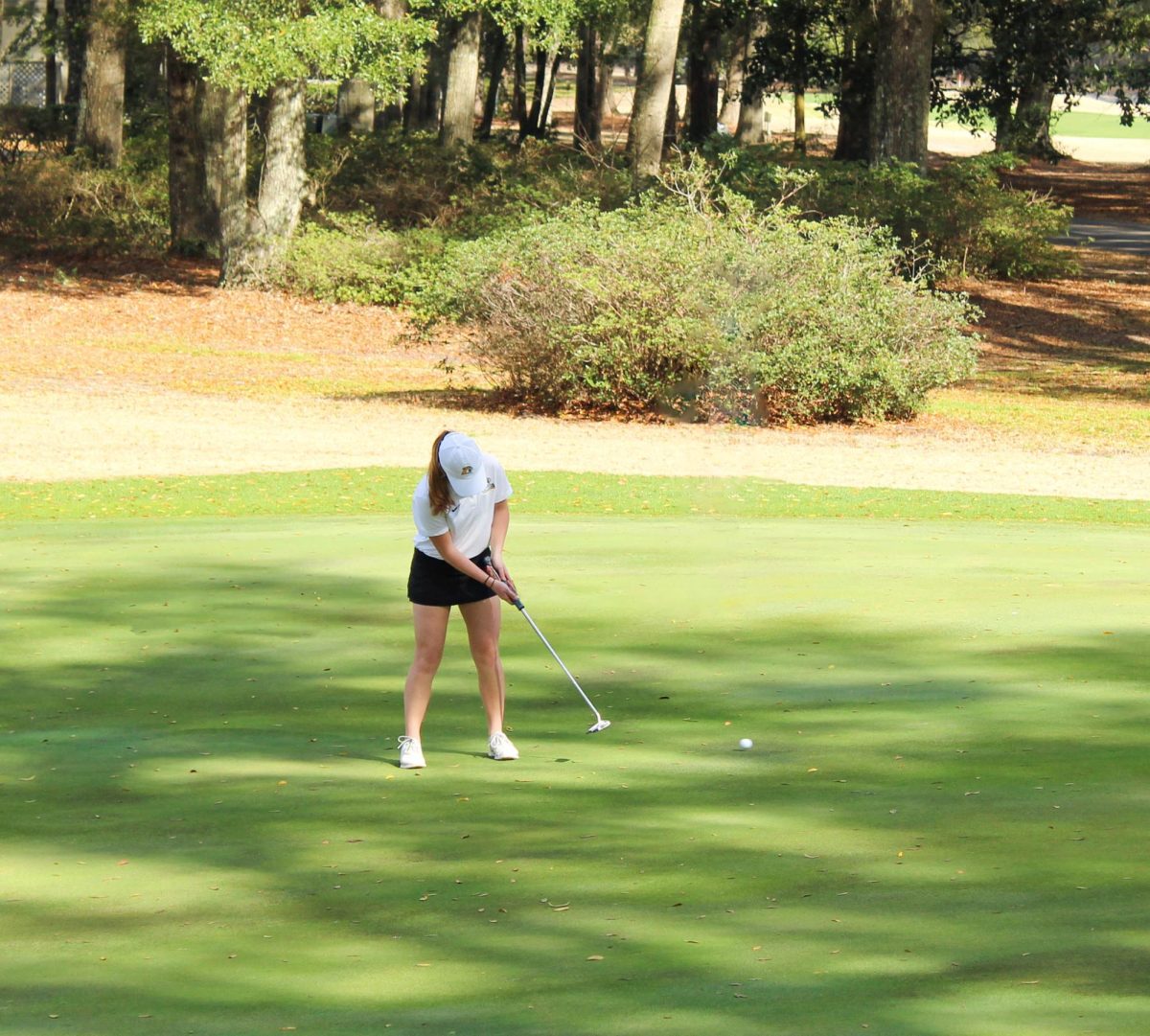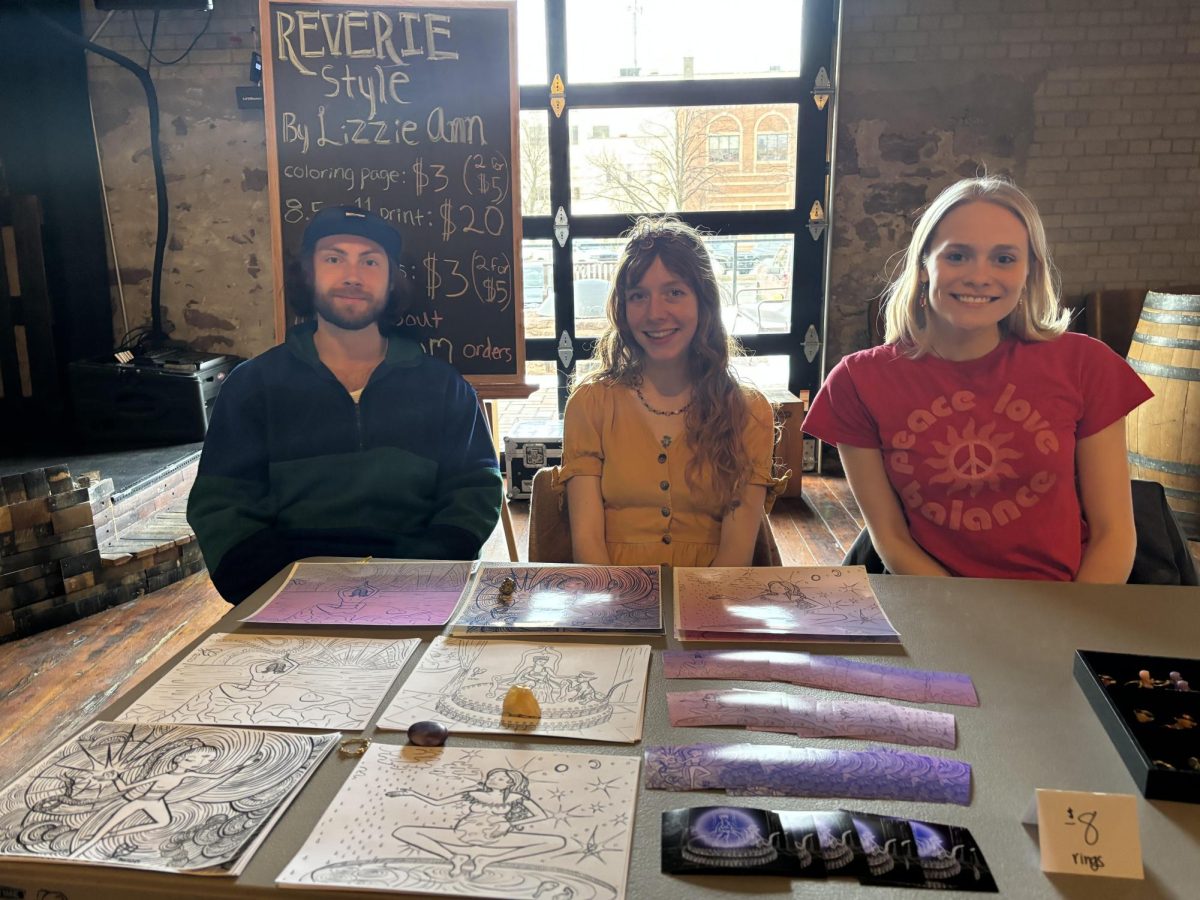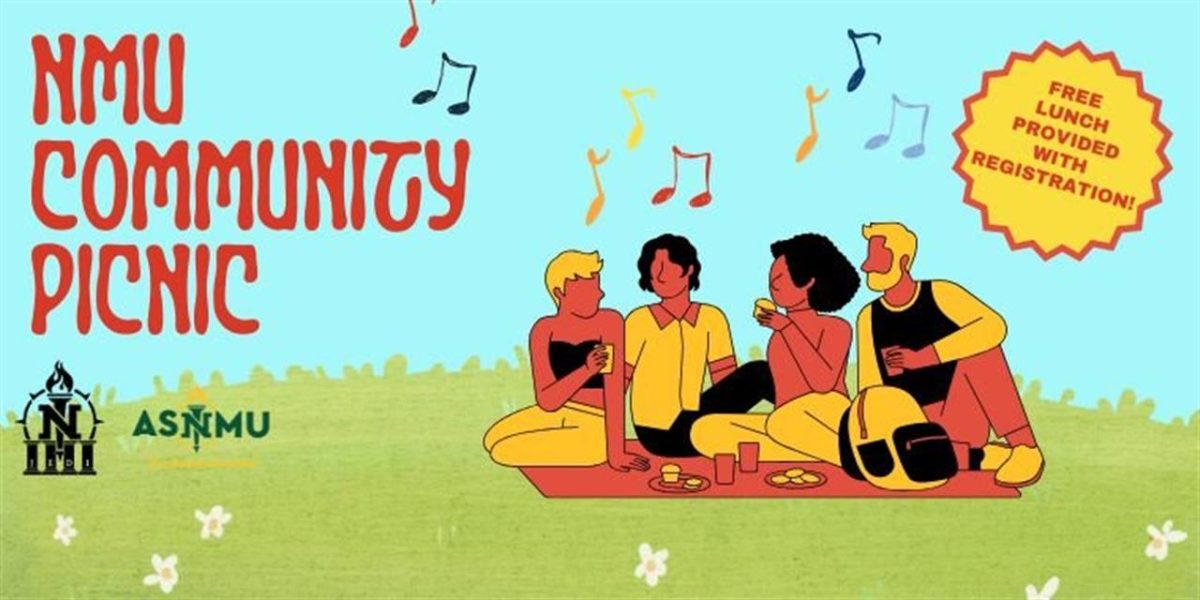Reserving outdoor sport only for the western peaks of the Rocky Mountains or the evergreen northern Appalachians in the east is a mistake. Overlooking the Midwest as simply a large, flat agricultural expanse that supplies everyone’s corn, cheese and beer is downright obtuse.
At first glance, skiing and the Midwest seem as antithetical as wax and snow. The nation’s heartland is, after all, lacking in terms of the sport’s most essential component besides snow: elevation, incline, grade. In other words, mountains.
But then there’s Marquette Mountain. Peaking at 1,357 vertical feet, the mountain is a towering oasis in a land of slow rolling hills. A base layer of more than 210 inches of annual snowfall gives the jagged rock face a breath of beauty.
Marquette Mountain boasts 169 acres of skiable terrain, miniscule in comparison to Colorado’s Vail Mountain Resort with nearly 5,300 acres, but average for other U.P. destinations such as Mount Bohemia with 400 acres, Ski Brule with 150 and Blackjack Ski Resort with 176. The mountain is also proportioned well in terms of terrain difficulty. Eighty-five percent of its runs are rated blue squares or above, offering a much larger variety of challenging, yet enjoyable, runs than other resorts.
Perfectly cleared tree lines, knee-deep powder (seasonally provided) and rock faces that will have seasoned veterans clearing snow from underneath their jackets match resorts often featured in ski magazines. In addition, three distinct terrain parks provide a combination of daring jumps, smooth rails and a park layout that naturally flows.
Some friendly advice; don’t underestimate the terrain park, or anything rated beyond a blue square at Marquette Mountain. What it lacks in size, it makes up for in its ability to send unsuspecting riders skyward. Failing to judge the mountain’s features properly may indeed send you double-ejecting out of your skis into a full face-plant while sliding down the icy landing on your bare face wondering what just happened. Trust me. It’s happened.
Possessing all of the basics for a world-class skiing experience, why, then, are there not troves of traveling ski bums following the snow to Marquette on their annual winter sport pilgrimages? As one of Outdoor Life magazine’s top 20 towns for sportsmen, one of U.S. News and World Report’s top ten “Winter Wonderlands for Retirement,” and, in 2001, Bike Magazine’s No. 1 place in the U.S. to bike and live, why is arguably one of Marquette’s best attributes not more recognized than it is?
The answers to those questions are countless. Yet, what makes Marquette Mountain so spectacular is already in plain sight.
Throughout the winter, a constant stream of tourism flows into the city of Marquette. Excellent snowmobiling, cross-country skiing, snowshoeing and ice-fishing opportunities only amplify the city’s luster for outdoors enthusiasts, similar to cities like Park City, Utah, Big Sky, Mont. or Jackson Hole, Wyo.
However, Marquette Mountain’s splendor resides in what it isn’t. The fact is, it isn’t as large or attractive as Vail Mountain Resort. It’s a hard-nosed, local ski area frequented by those who live near it. Unlike a major ski resort, you won’t find lift attendants imported from New Zealand or ski instructors flown in from Chile. Everyone you meet at Marquette Mountain will be locally stationed, eager to put the mountain back on the map.
The lodge may be dated. But don’t worry, you won’t fall through the floorboards or need to shelter yourself from falling ceiling debris. The lodge is well maintained, and it serves its purpose, which is what makes it so outstandingly perfect. The lodge’s nostalgic warmth beckons chilled skiers to take a break.
For the time being, college students, local skiers and snowboarders, and outdoors enthusiasts of all kinds cherish Marquette Mountain’s relative obscurity, its undisclosed grandeur. While the lift lines stay fast and the corduroy-groomed runs stay untouched, we, the local population of Marquette, have an entire ski resort to ourselves. As far as I’m concerned, I don’t want any fancy high-speed, six-person chairlifts like you see out west. And I definitely don’t want any 5-star, European cafeterias serving $15 hot dogs.
So, as the late, great “Papa” Muntz said in the 2001 film “Out Cold,” Marquette Mountain…”don’t go changin.’”














